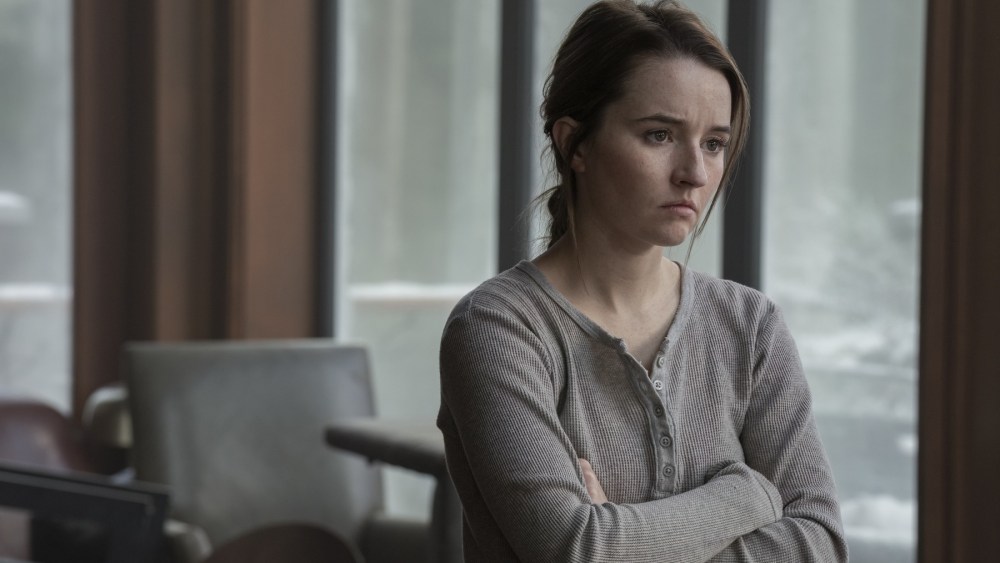SPOILER ALERT: This story contains spoilers for Season 2, Episode 2 of HBO’s “The Last of Us,” now streaming on Max.
When composer David Fleming realized that this week’s episode of “The Last of Us” would feature both the bloody siege of Jackson and Joel’s (Pedro Pascal) death at the hands of the vengeful Abby (Kaitlyn Dever), he knew that creating music to weave through each “monumental” sequence would require a careful “dance.”
“Craig [Mazin] talked about these storm clouds gathering and obviously there’s something shocking about what happens — but there’s also something inevitable,” Fleming tells Variety. “We had to protect where we were going and not overplay our hands.”
Collaboration between composers Fleming and Gustavo Santaolalla, who also created the music for the “Last of Us” video games, was key. Santaolalla explains that he focused more on the emotional beats and character work in the episode, while Fleming goes all in on the action. “But we both participate in giving the cues or how we’re going to tie one thing with another,” Santaolalla says.
One of the episode’s most action-packed moments came during the siege of Jackson, when all the townspeople are forced to defend themselves after the infected break in. For that extended sequence, Fleming’s approach was to constantly expand the soundscape with the use of de-tuned cellos and bode banjos, which were used in previous episodes.
Another difficult scene for Fleming follows Abby as she scales the wall while the clicker horde chases her. “How do we make this intense, but not to the point where the Jackson invasion feels smaller?” Fleming says. “It was a lot of, ‘How do we crank this to 11, even though we’re already at 11, and still give ourselves room?’”
Having worked on the game, Santaolalla has known for years that Joel was going to die. During Joel and Ellie’s (Bella Ramsey) heartbreaking final goodbye, he weaves in themes that had been used in prior episodes to create the “emotional peak” of that gut-punch moment. But it was important for Santaolalla to divert from the music cues in the game while using instruments like the ronroco.
“We kept the aesthetics of the music with not only the themes, but the instrumentation and the rawness,” Santaolalla says.
Notably, Episode 2 marks a major no-turning-back point for Abby, who was introduced this season after being a controversial character in the games (to say the least). While the decision to kill Joel is brutally difficult to watch, neither Fleming nor Santaolalla approached scoring Abby’s moments like a traditional villain.
“I wanted to capture this force of anger and pain and it’s interesting how it will affect Ellie musically later in the show now that she’s had this horrible trauma,” Fleming says. “I love that I’m not asked to play Abby as if she’s just a baddie. Of course, she’s the antagonist, but not everything is so simple in this world.”
Episode 2 brings in different elements from the game for Fleming to finally play with in his themes, like Abby’s “militaristic” crew who accompany her. Yet while Fleming recognizes that the “spirit of the game” will forever be part of the music in the show, he recognizes Santaolalla and his roles in diverting from the source material when necessary.
“When you play the game you’re a very active participant who’s inside that character,” Fleming says. “And in the process of watching a television show, we didn’t want to lose that feeling that you’re in the character. We don’t want to be aware of music as music, we want it to feel like our own panic attack.”
Read the full article here


